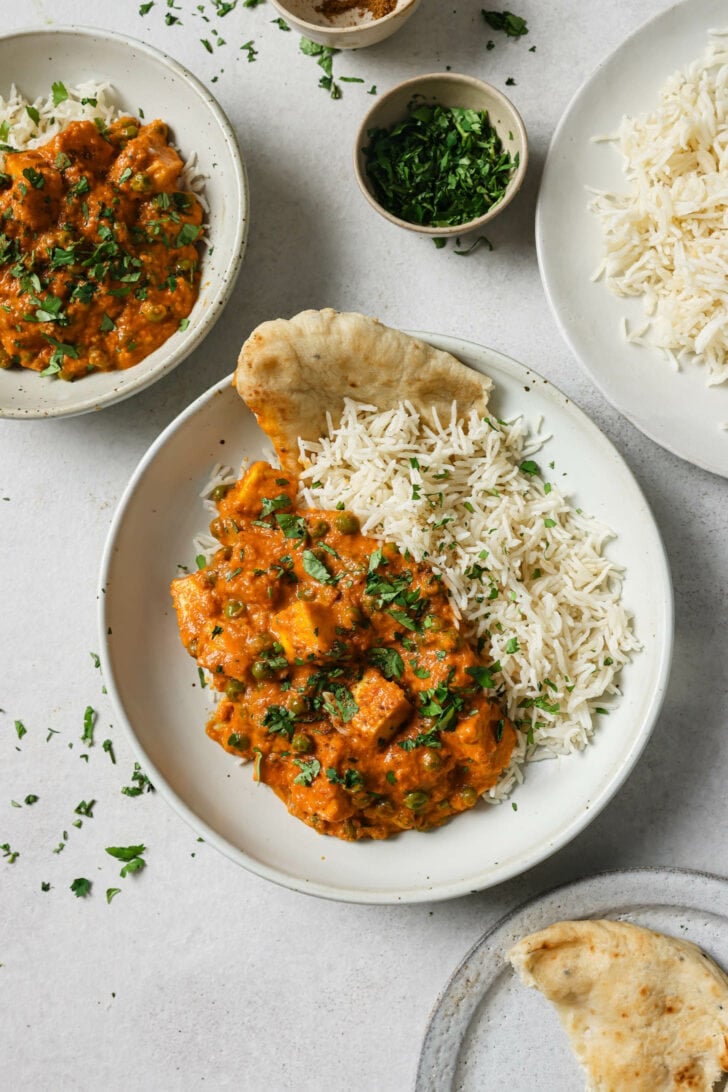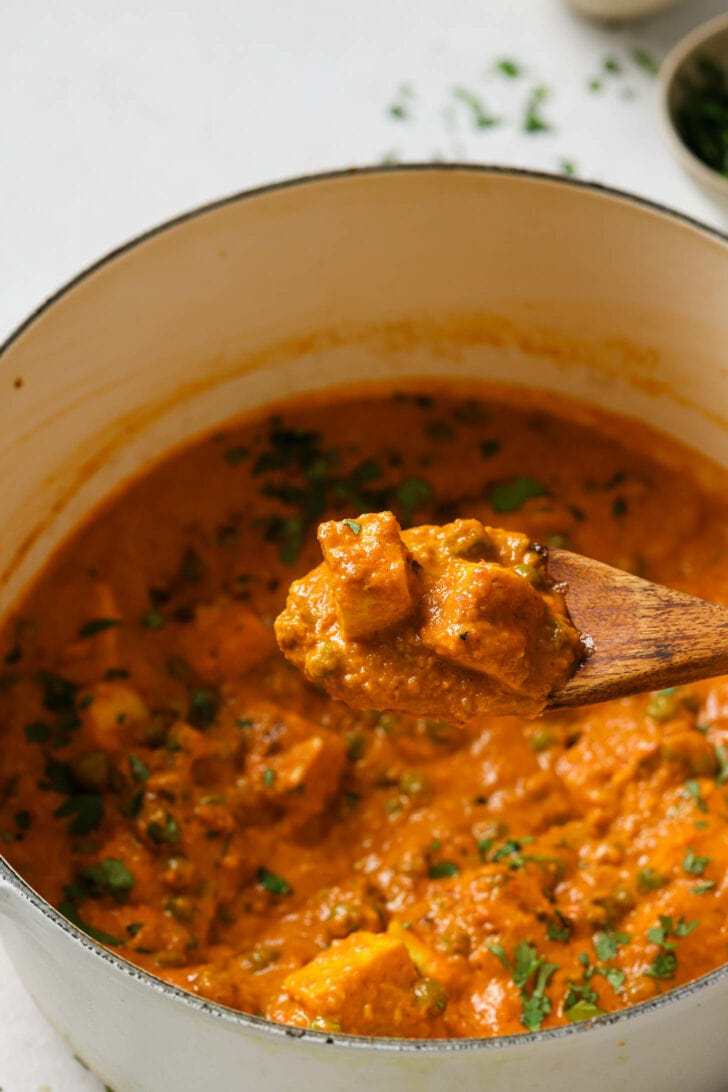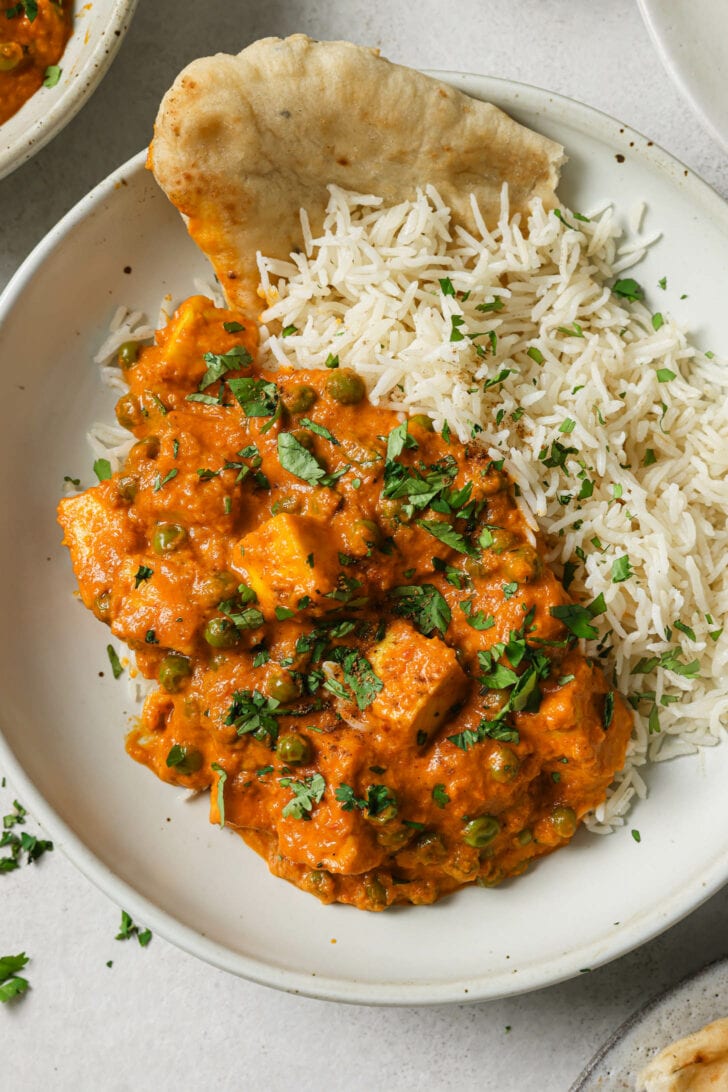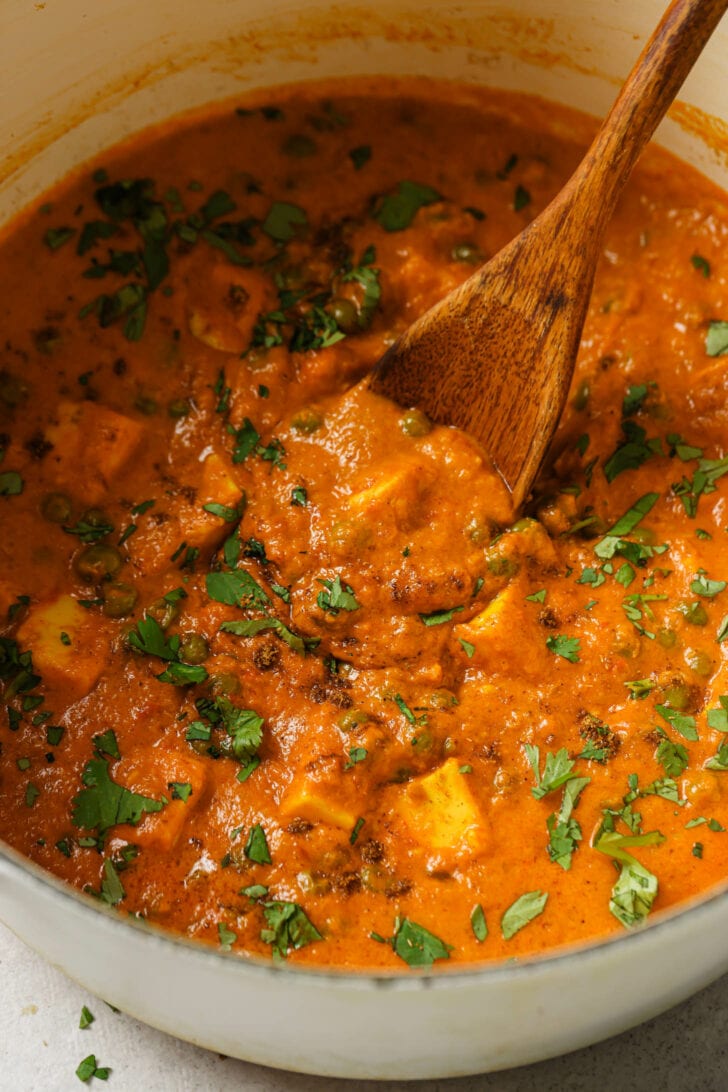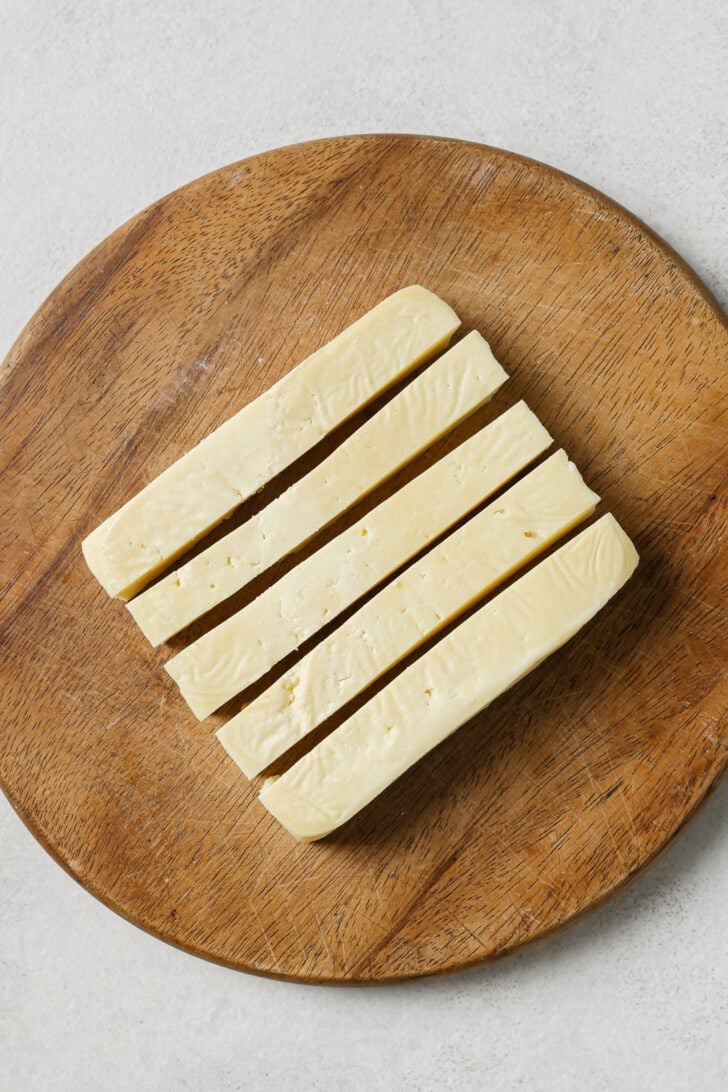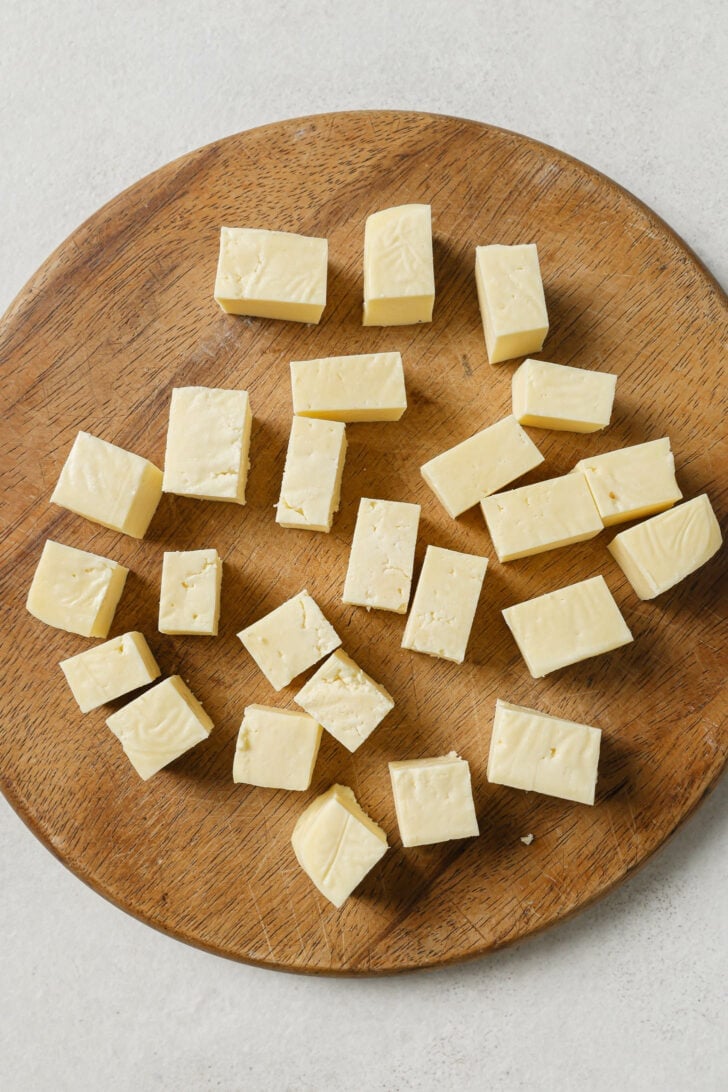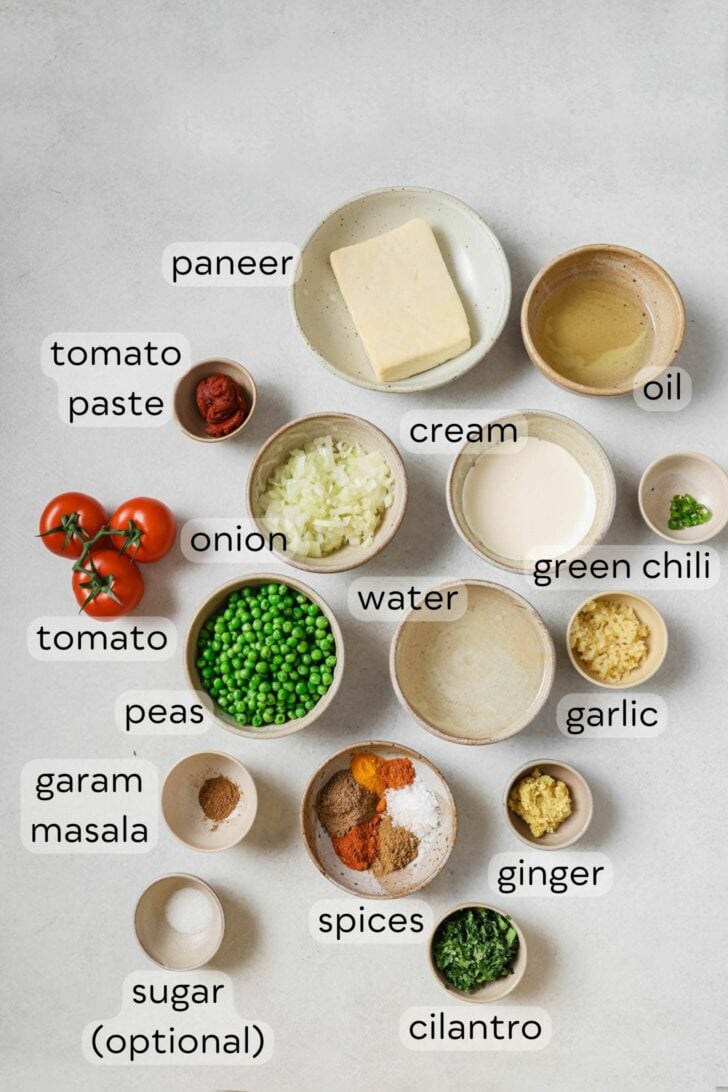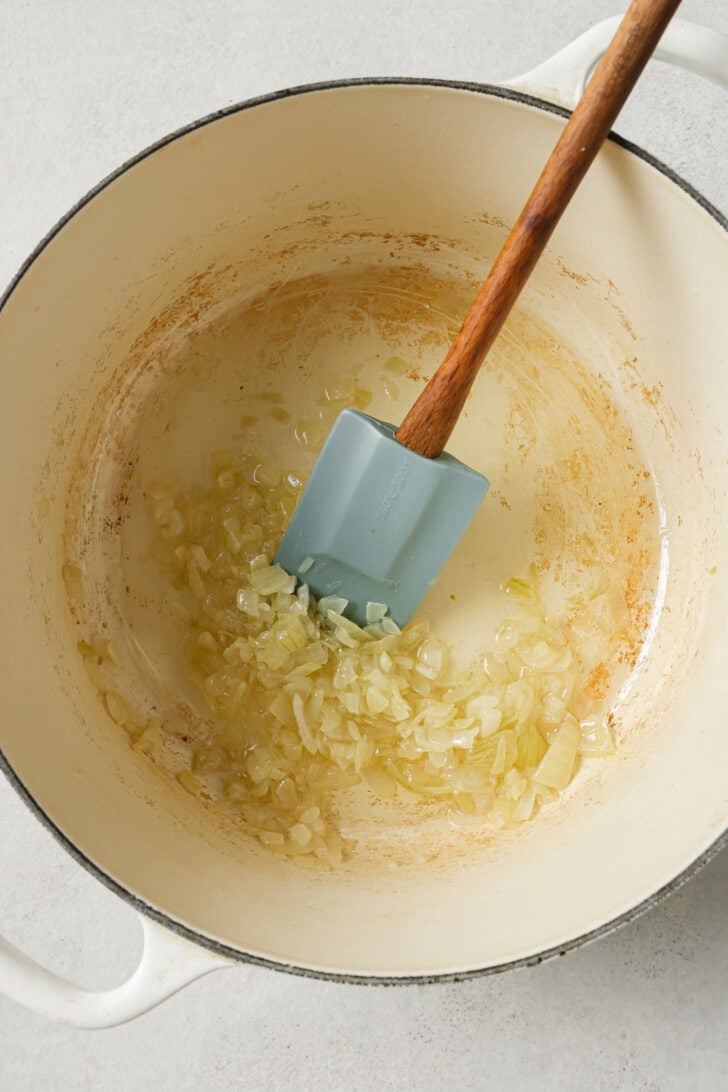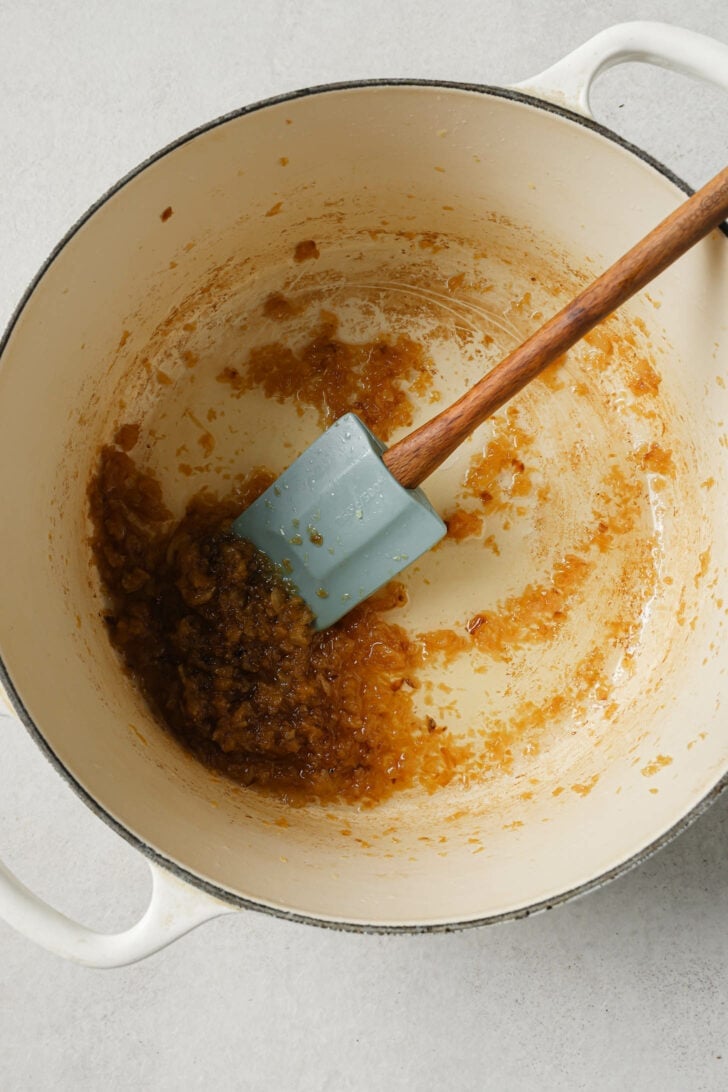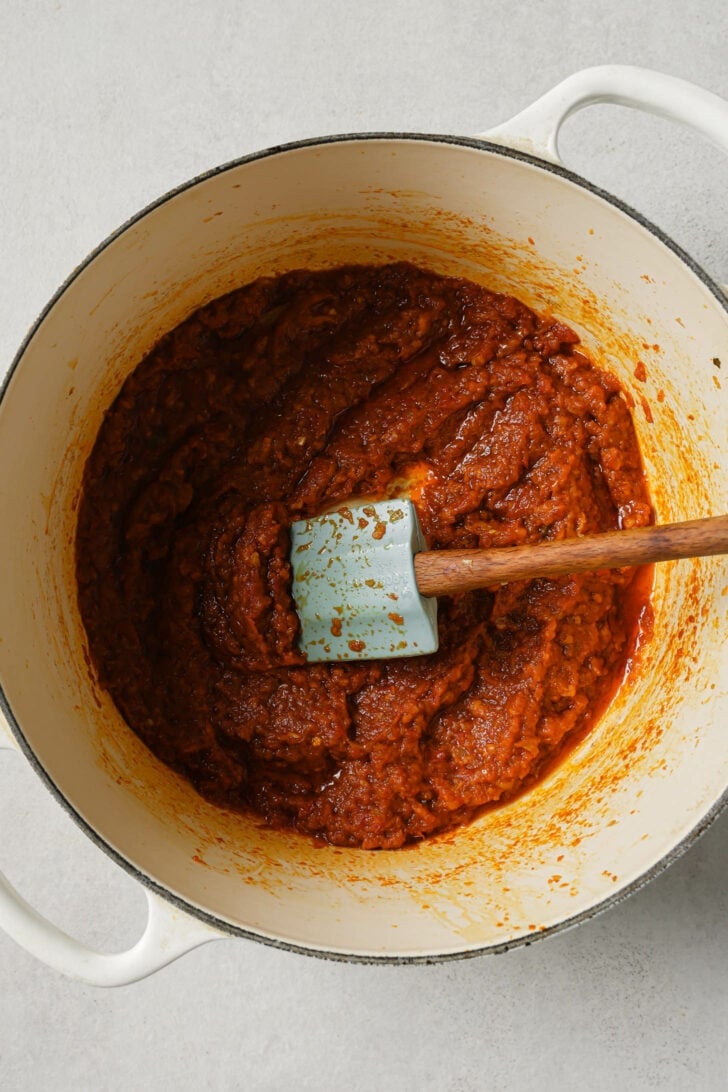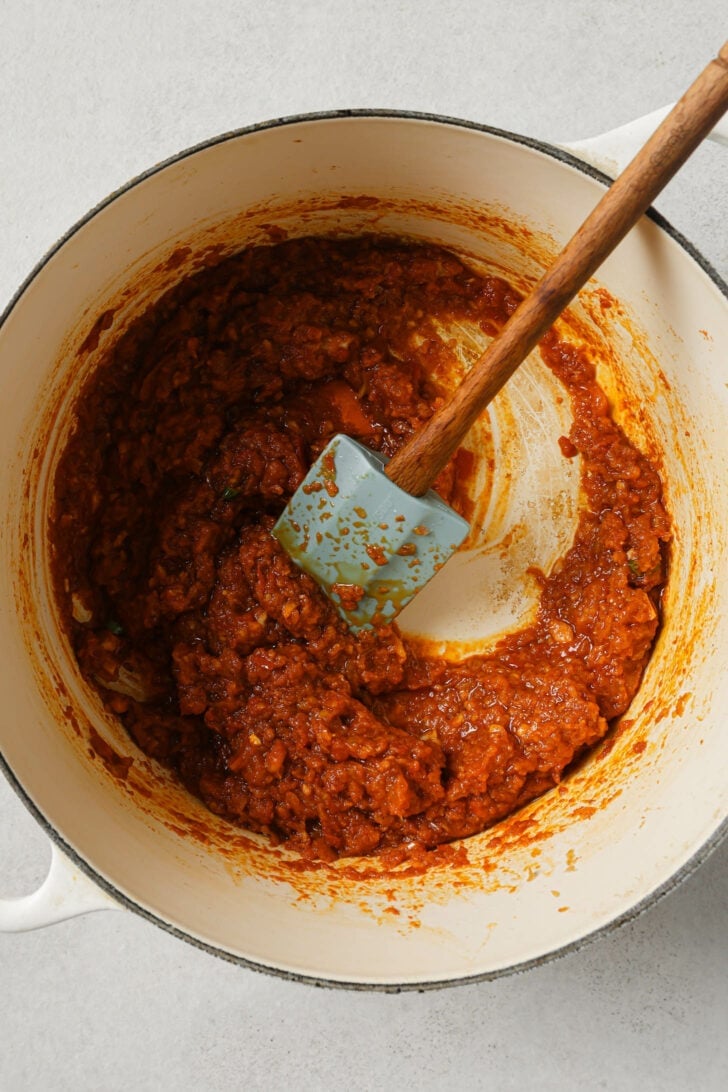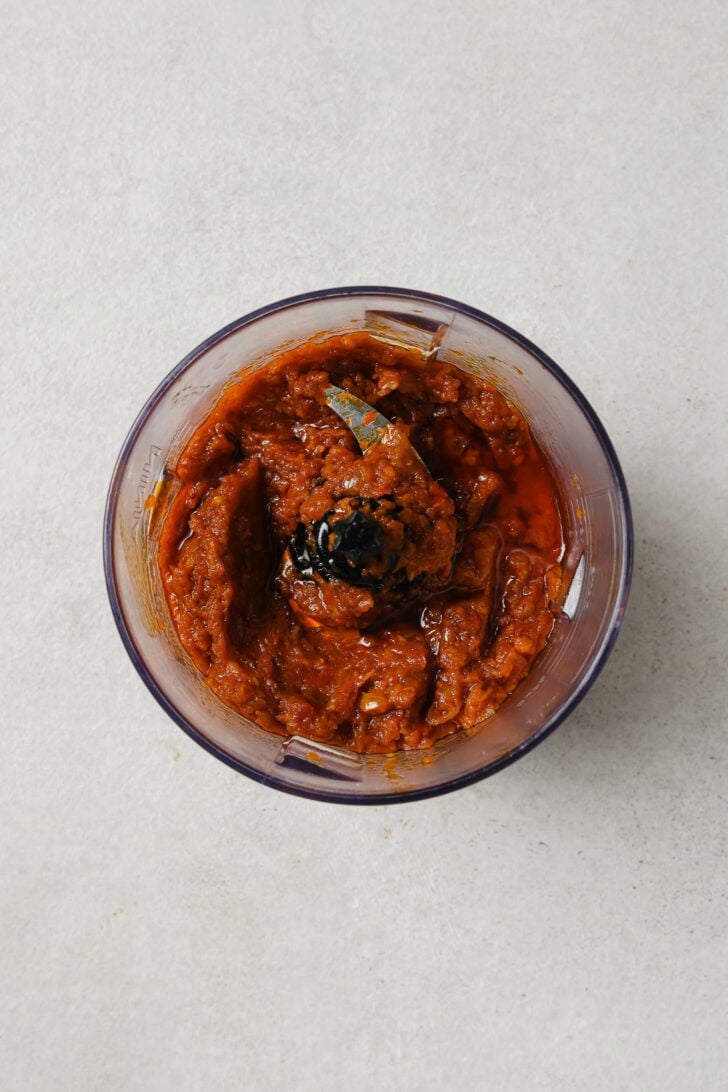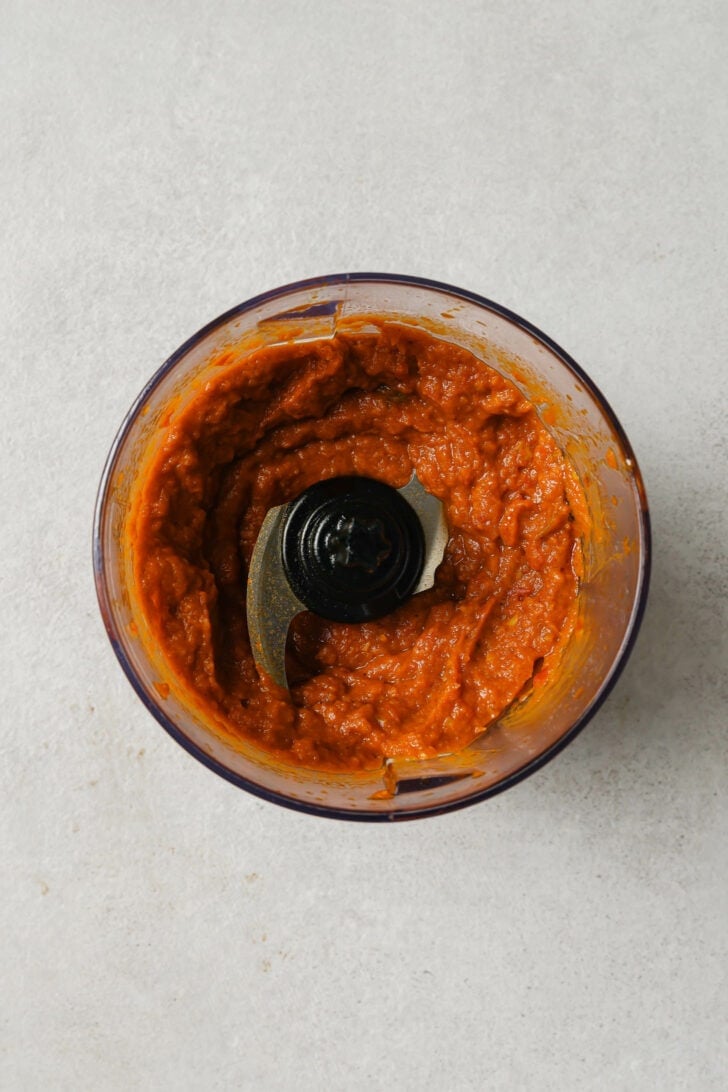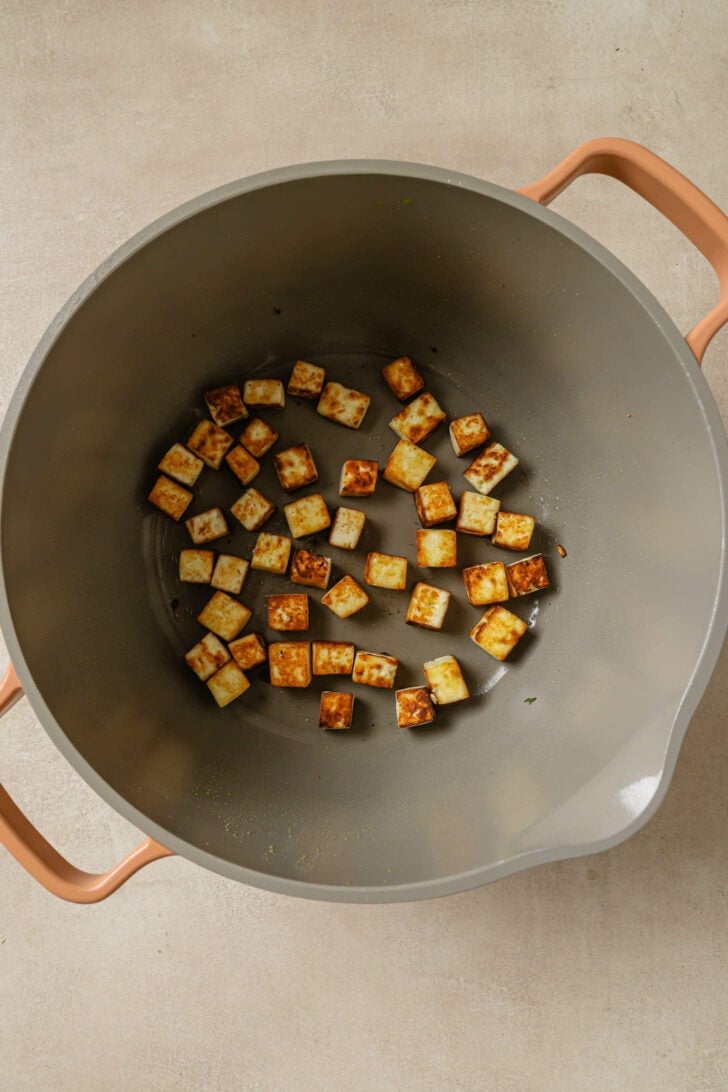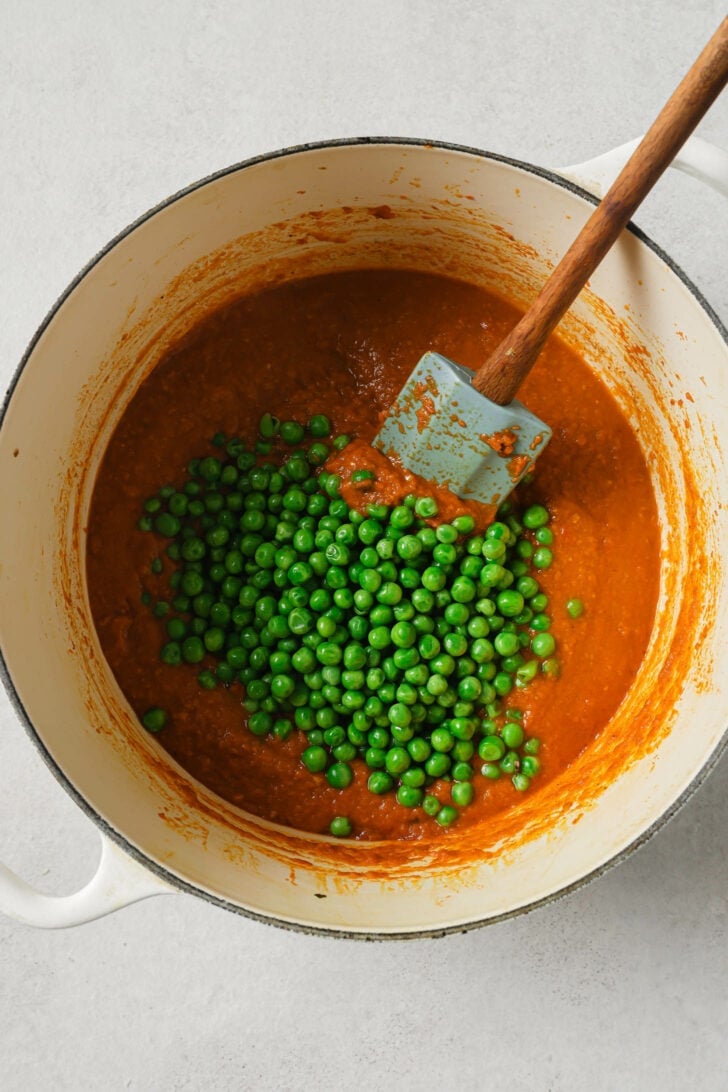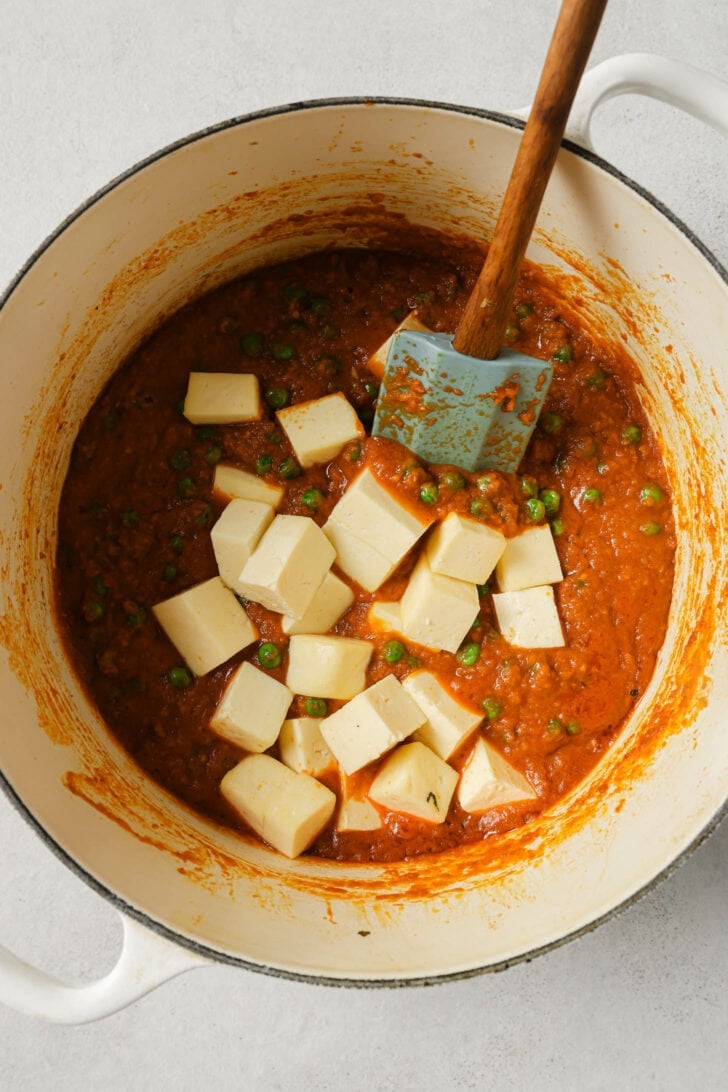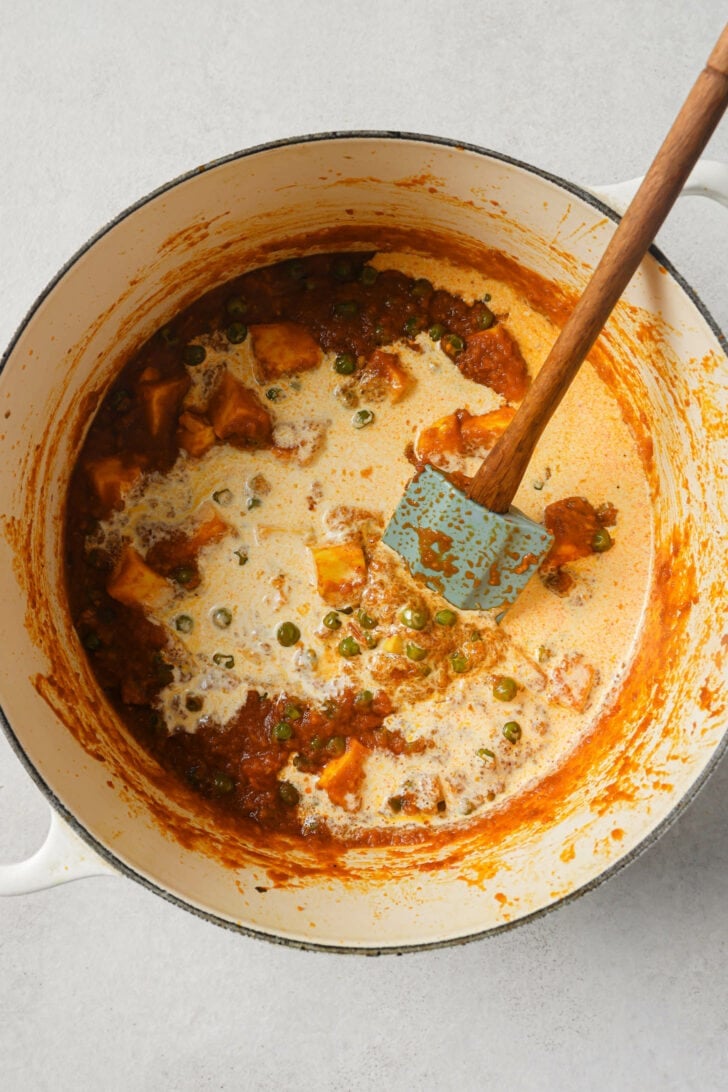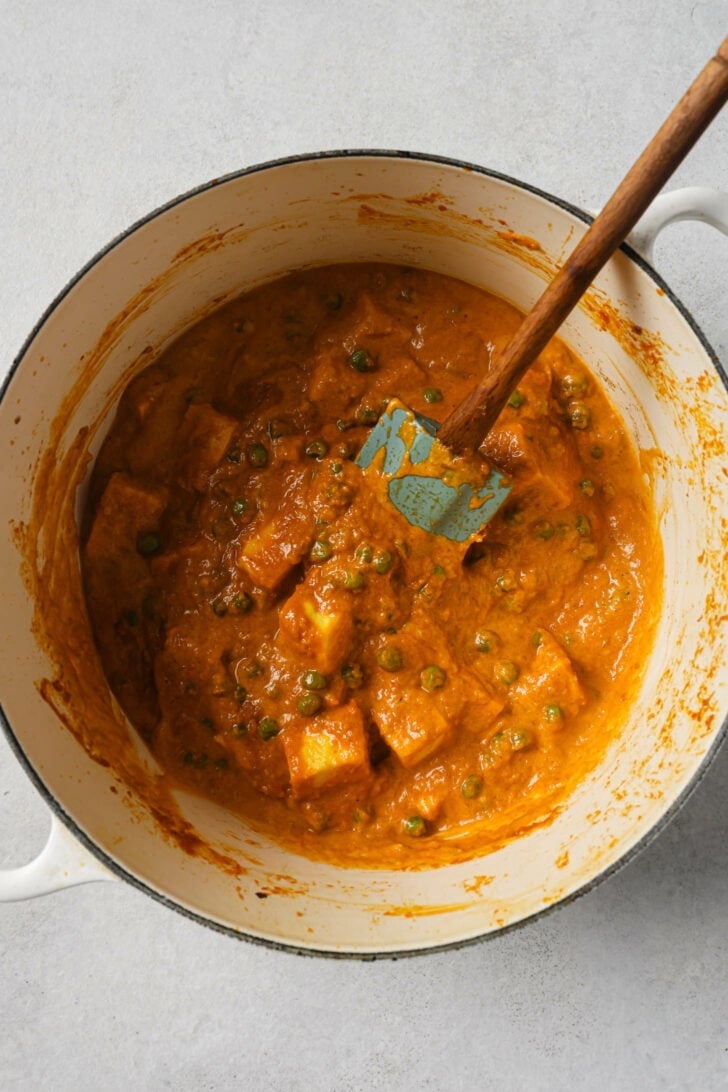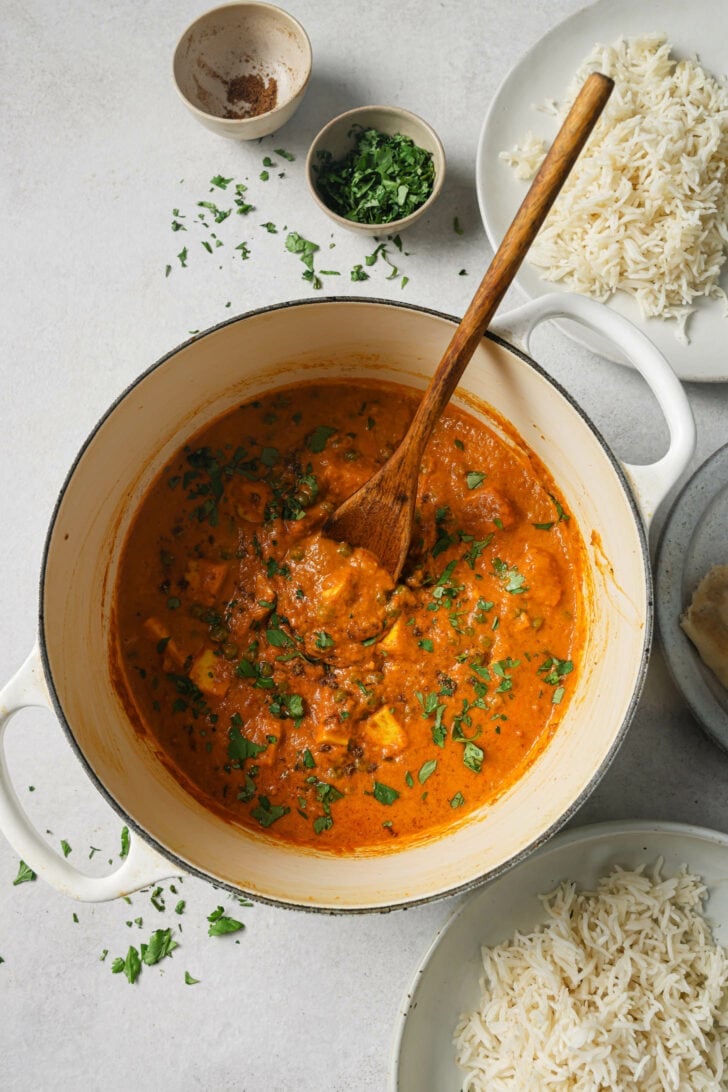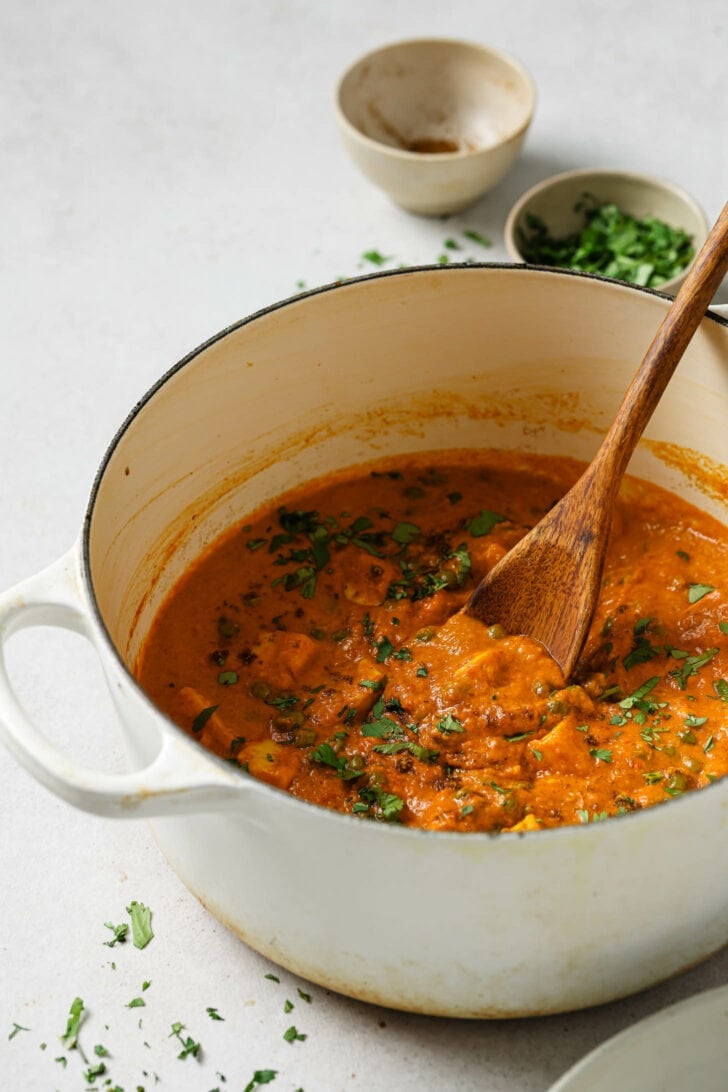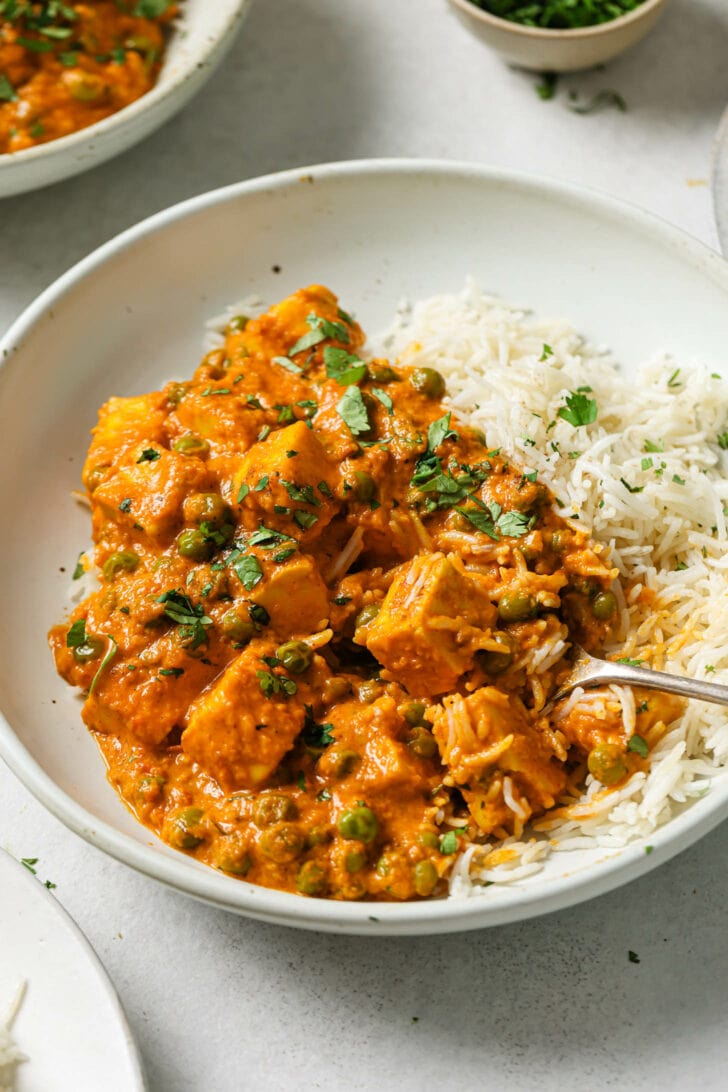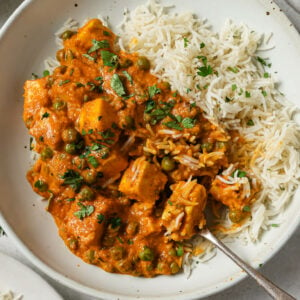Matar Paneer
The first time I made Matar Paneer was from the cookbook, Indian-ish. Prior to that, I have no memory of it. I didn’t grow up with it, nor do I remember ordering it at restaurants. While you can safely categorize most Punjabi dishes as both North Indian and Pakistani, Matar Paneer is decidedly North Indian. Enter your email below and get it sent straight to your inbox. Plus, get recipes & tips every week! Given my lack of experience, I had no intention of developing my own Matar Paneer recipe. But that initial spark of inspiration, coupled with my obsessive need to experiment, led to a different, yet very delicious variation. Guests kept being drawn to it, and I couldn’t stop making it – paneer makes me feel some sort of way. So I sent it off to my recipe tester whose response was, “Incredibly tasty! Truly, this is one of my favorite Tea for Turmeric recipes to date (and I have made A LOT!).” I hope you enjoy it as much as she did. More Restaurant Favorites: Butter Chicken, Rajma (Kidney Bean Curry), Palak Paneer
Recipe Testing
Like Palak Paneer, apart from finally trying it at restaurants, I studied Matar Paneer in 10 different cookbooks to compare different ingredients and methods. I learned:
8 out of 10 recipes didn’t use cream. The two that did (Dishoom & 660 curries) had restaurant-inspired recipes. I prefer the creaminess of restaurant-style Paneer so I do include a small amount. 8 out of 10 didn’t purée the masala. Again, blending the masala is only necessary if you’re going for a restaurant-style sauce. This recipe calls for blending, but it’s designed to work either way. Many recipes asserted that it’s better to pan-fry the paneer in this dish. I find there are advantages to both: Adding it raw allows it to soak in the flavors of the curry and get very tender. Pan-frying in butter or ghee lends the paneer itself a more complex flavor and crisp texture, making it more restaurant-like.
Most cookbooks mentioned something along the lines of its popularity at restaurants, which I feel must have declined. I still see Matar Paneer, just not on every menu. It’s often replaced with some Makhni-esque form of paneer.
Matar Paneer vs Butter Paneer
I spoke to a Houston restaurant owner about this (Elite Indo-Pak – they make great Matar Paneer). He confirmed what I understood from studying the recipes:
Matar Paneer is onion-tomato masala based. Butter Paneer, or Paneer Butter Masala, uses the Makhni Sauce that restaurants use for Butter Chicken and the like.
Matar Paneer Ingredients
Paneer
Made from curdled and strained cow’s milk, paneer is categorically a cheese but not cheesy in taste. You’ll often hear it called Indian Cottage Cheese, but apart from a similar curdling method, it bears little resemblance to cottage cheese. Paneer is mild, and tastes more like a concentrated form of everything you love about milk.
Where to find: It’s now available at many supermarkets, though I mostly get mine from Indo-Pak grocery stores. To Store and Thaw: I keep the blocks in the fridge if I’m using it that same week, otherwise I store in the freezer. Thaw the block in the fridge the night before you plan to use it. Substitutes: Though I haven’t tried any myself, I’ve seen options to replace Paneer with everything from Tofu (made from soy) to Queso Fresco (similar to Paneer in preparation). Halloumi would also be an excellent, albeit saltier option.
Notes on other Key Ingredients
How to make Matar Paneer
Prepare Onion-Tomato Base
Side note: Because you’ll be using a food processor to purée the tomatoes and mixture eventually, I suggest also using it to chop the onions, garlic, and ginger.
Purée the Masala
Optional: Pan-fry Paneer
Pan-frying gives this already-festive dish a luxurious finish. Here are some tips if you choose to pan-fry:
Use a non-stick pan, which prevents paneer from sticking. To prevent paneer cubes from popping, reduce the heat and keep turning. It may also help to pat with a paper towel to dry excess water before using.
Cook the Peas and Paneer
Many recipes simply fold in fresh paneer in before serving, but I love to give it some time to soften and take on the flavors of the curry. The key is to allow it to gently simmer on medium heat until the initially tough and chewy paneer softens and eases into the curry. Cooking it for too long will lead to its surface disintegrating.
No matter how you fry the paneer, if you let it sit too long after pan-frying, it gets tougher as it cools down. If you’re pan-frying, do so when the recipe suggests. (i.e. right before you’re ready to add the paneer). If you pan-fry earlier than called for in the recipe, place it in a bowl of water to help keep it soft. Squeeze gently between paper towels before adding to the recipe. (This does, however, take away some of the buttery flavor.) Even if your paneer ends up tough or chewy, if you let it simmer or even sit in the masala, the proteins relax and it softens again. I’ve even found reheating it the next day makes the paneer extra tender.
*Note that I used Gopi Brand for these tests, and different brands of paneer may react differently.
Variations
Vegan, Dairy-free version: Use tofu instead of the Paneer. Replace heavy whipping cream with cashew cream, which is used in many traditional recipes. I find it’s plenty rich without butter, but if you’re skipping pan-frying paneer and want that buttery flavor, add 1 1/2 tbsp salted butter toward the end before garnishing. If you’re not puréeing the mixture, you could throw in a bay leaf. I love the aroma and flavor it adds, but don’t like to hunt for it before blending or find bits of it in the masala.
What to Serve it With
Matar Paneer pairs beautifully with roti, naan, or paratha. Since it has a fair amount of sauce, it’s equally great with plain basmati rice. Tried this recipe? If you have a minute, please consider leaving a comment telling me how it was! You can also take a quick picture and upload it directly into the comments. If you’re on Instagram, please tag me so I can see your creations. I truly love hearing from you. Thank you!
